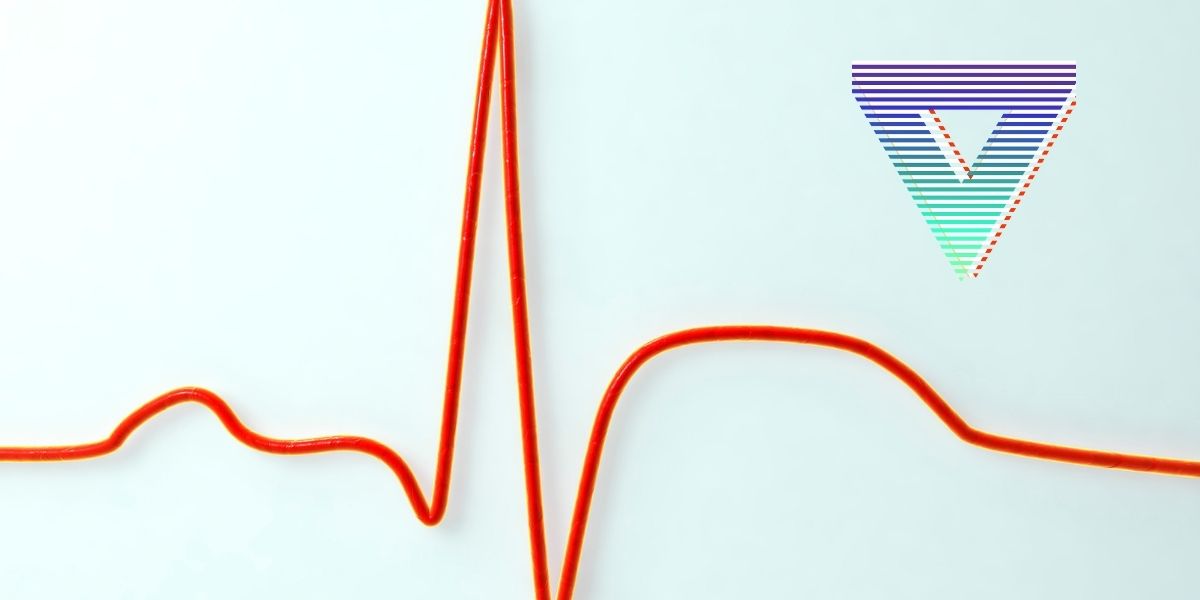Science of Cardiopulmonary Resuscitation
David Halliwell presents the science of cardiopulmonary resuscitation.
Resuscitation means lots of things to different people – compression, CPR, mouth to mouth, ventilation, return to normal and reanimation all come to mind. But how and why does resuscitation really work – let David explain.
This talk uses a case study approach to discuss why resuscitation practitioners should focus upon technical accuracy when resuscitating, focussing on all the facets of a resuscitation, compression, decompression, trans-thoracic impedance.
Two points David would like you to take away:
1) Blood flows from high to low pressure even when the heart stops beating and
2) Blood doesn’t flow through the heart during systole.
David talks about the two big theories of cardiopulmonary resuscitation. The first is the heart squeeze theory – that being chest compressions will pump blood out of the heart and around the body.
This is as opposed to the thoracic pump theory which states blood flows due to a pressure gradient and by changing the pressure in the thoracic cavity you enable the blood to continue to move. This is enabled by the papillary muscles and valves failing to work in an arrested heart.
The truth is probably that both theories hold merit and a combination of both enables a successful resuscitation. David calls this the lung pump theory.
After discussing theory, David moves on to the more practical aspects of CPR.
Firstly, compression – compressions clear the heart out. Without compressions, the right ventricle fills with blood (due to the pressure gradient) that cannot move through. This splints the right heart against the collapsed left heart.
Secondly, ventilation. David warns of the complications caused by improper and inappropriate ventilation which will decrease venous return and make your compressions futile.
Finally, defibrillation. There are a few important points here. The critical mass is the left ventricle, so get the pads as close to this as possible. Prepare the skin (which involves knowing how to use the razors in the defibrillator kit) and place the pads appropriately.
David concludes with some technical issues that need to be remembered, performed correctly, and watched out for.
These include chest compression depth, compression rate, hand placement and consistency.
For more like this, head to our podcast page. #CodaPodcast





